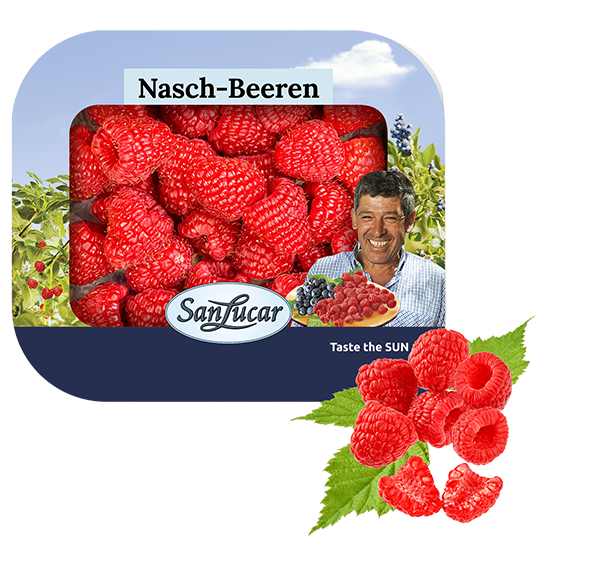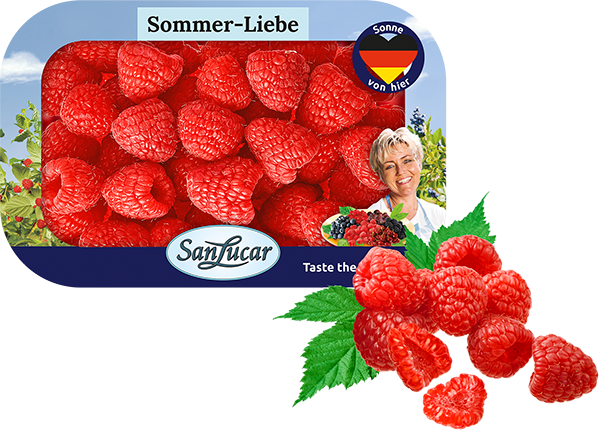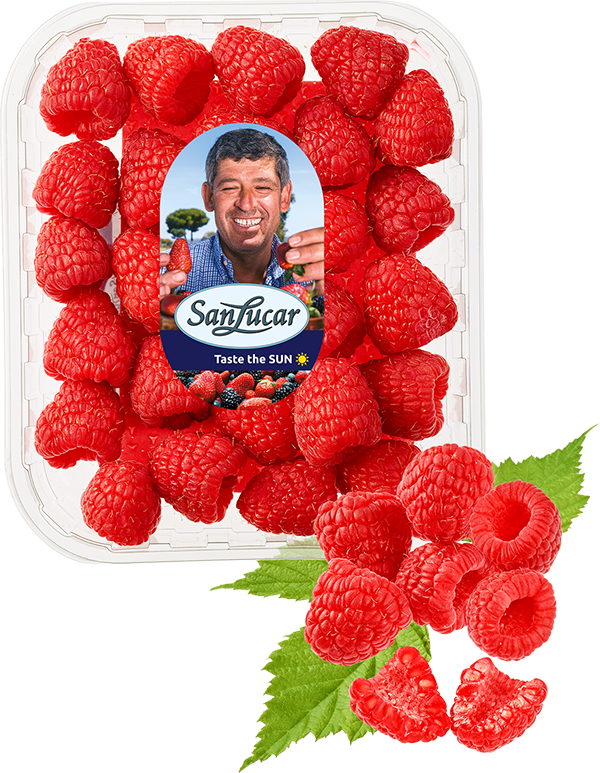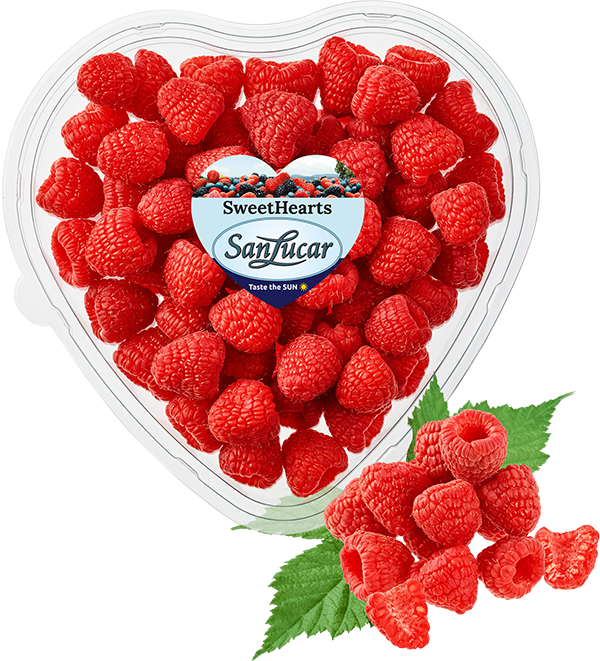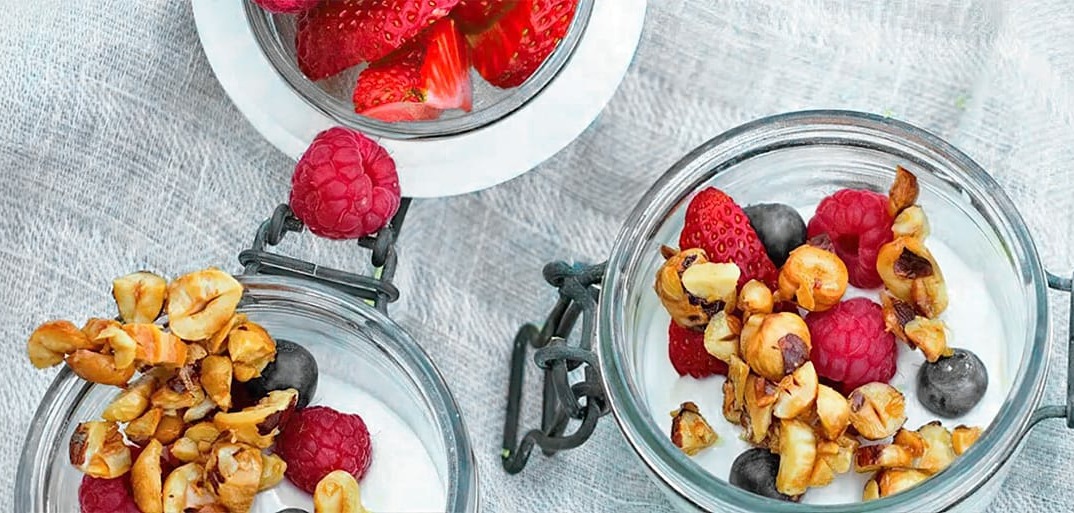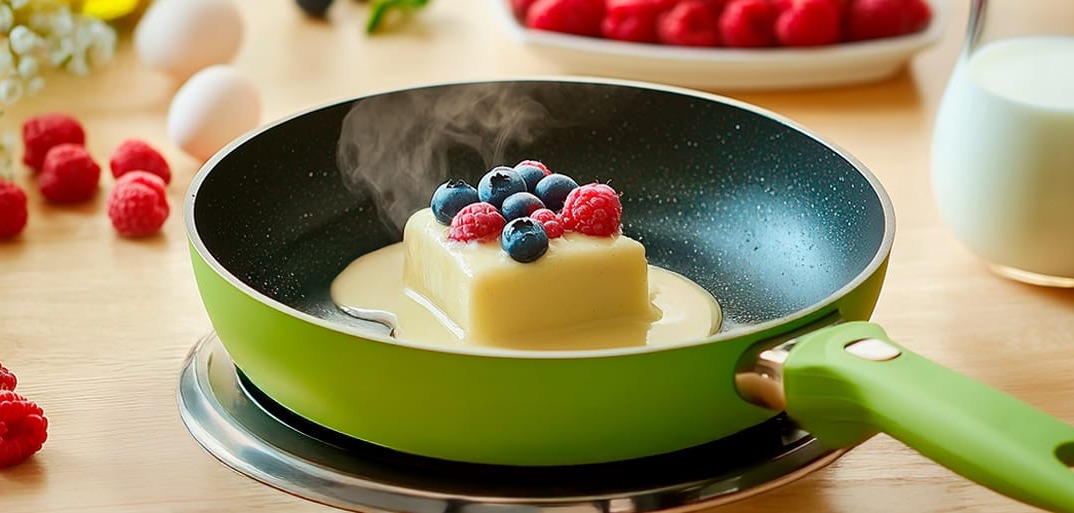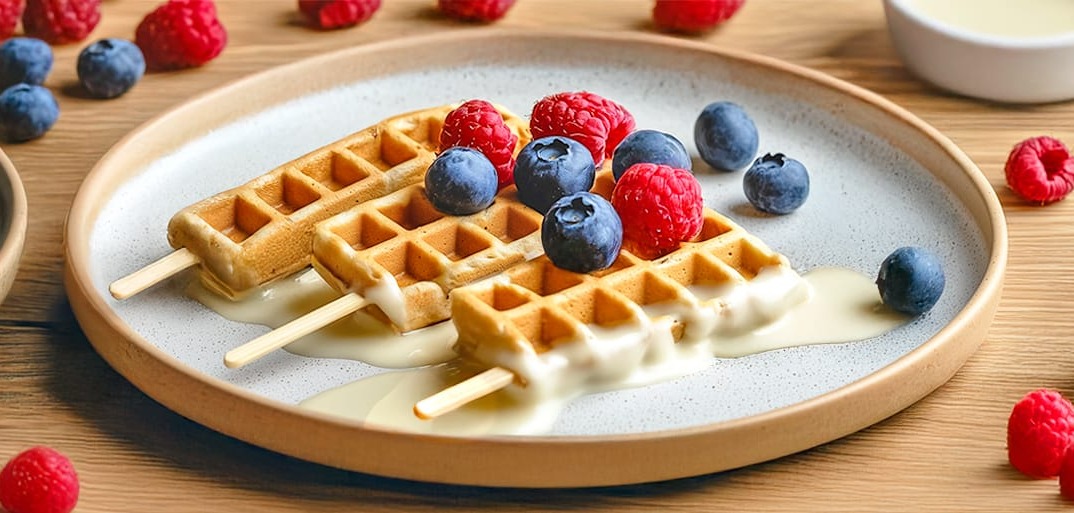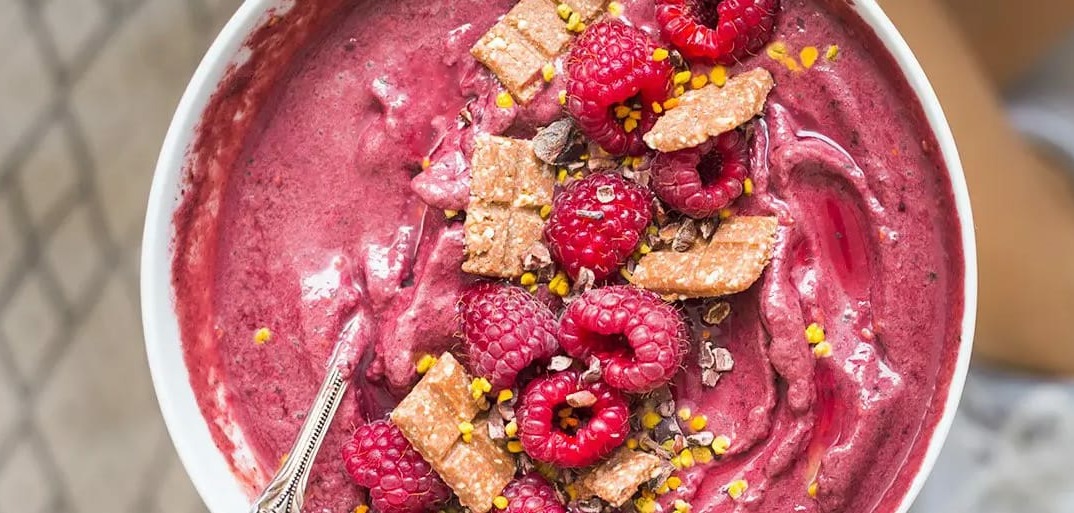
Heavenly sweet raspberries.
For berry hunger.
Alfonso García has a knack for delicate berries. He has been working as a picker at our berry farm in Spain for many years. “Honestly, when I first started here, I didn’t care much about berries”, Alfonso admits.
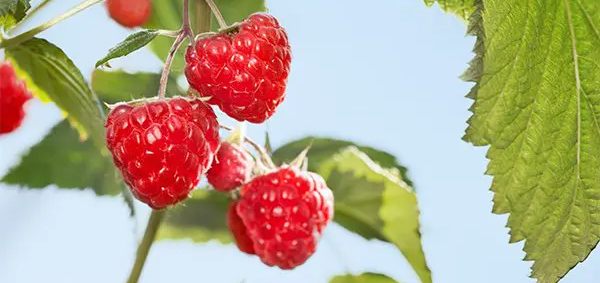
“But then I tried a raspberry and it was love at first bite!” he laughs. No wonder. Our heavenly sweet raspberries, which we offer year-round and grow in several countries, live up to their name. Not only do the berries taste heavenly fine and sweet, have a tender bite and a firm texture, they are also 20 percent larger than other varieties and weigh about 5 grams per berry.
Isn’t that nice? You get more of that delicious flavor right away. And their medium red, glossy color makes your mouth water. “Oh yeah, that really takes discipline to put the heavenly berries in the punnet and not put them in your mouth”, laughs Alfonso. “But what can I say? I simply acquired a taste for it!”
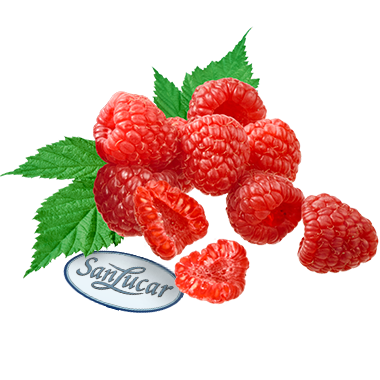
Good to know
To keep raspberries fresh longer, they should be stored at temperatures up to 4 degrees Celsius.
More interesting factsabout raspberries
Tips and special features
The velvety fruit bears many names: humberry, roebuckberry, deerberry, mollberry, hollowberry or catberry. They were valued early on as a medicinal plant, but of course raspberries taste especially pure, but also as a cake topping, jam, in desserts, smoothies or as raspberry liqueur: simply delicious.
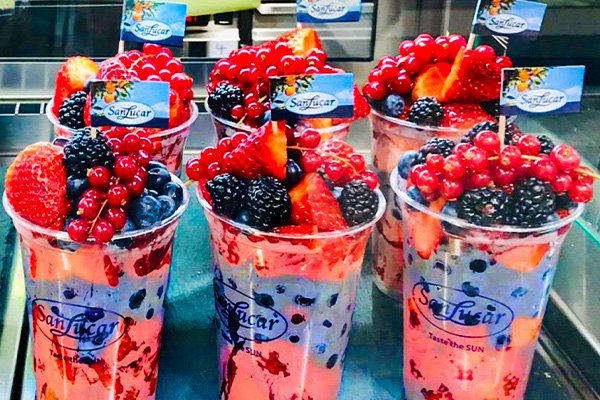
Storage
It is best to eat the raspberries immediately, as they taste best when fresh and only keep for a few hours at room temperature. If you want to keep them a little longer, you should store them at 4 degrees Celsius in the refrigerator. They’ll keep for a few days there.
History
Since antiquity, the raspberry has served as a medicinal plant. In the Middle Ages, it was cultivated into a garden plant in the monasteries.
Country of origin
Thanks to our growing areas for example in Spain, Germany, Italy, Tunisia and Morocco, we can offer fresh raspberries all year round.
Nutritional information
| Vitamin B (mg/100g) | 1.3 mg |
| Vitamin C (mg/100 g) | 25 mg |
| Vitamin E (mg/100 g) | 1.4 mg |
| Potassium (mg/100 g) | 200 mg |
| Calcium (mg/100 g) | 40 mg |
| Magnesium (mg/100g) | 30 mg |
| Calorific values: Energy | 34 kcal |
| Fett thereof |
0.3 g |
| Monounsaturated fatty acids | |
| Polyunsaturated fatty acids | |
| Carbonhydrates | 4.8 g |
| of which sugar | 4.8 g |
| Protein | 1.3 g |
| Salt | 3 g |
| © German Food Code 3.02 |
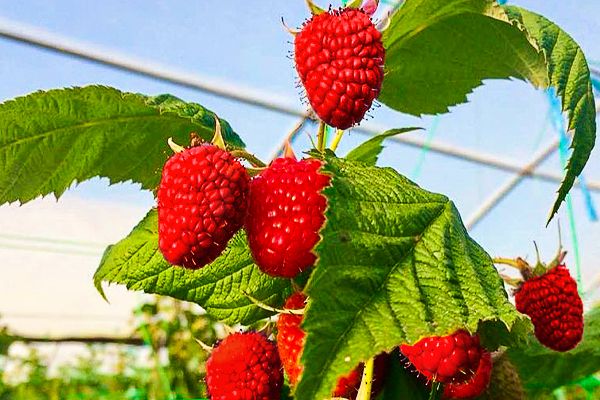
Taste in harmony with people and nature
We use our modern, digitally controlled water management system to save water, always rely on natural predators first when dealing with pests and protect the bees.
More about our social responsibility
